Heavy Chain Antibody
Heavy Chain Antibody Mice - Kyinno Nanobody Technology Platform
Nanobodies, also known as VHH, typically refer to variable region fragments of heavy chain antibodies (HcAb) that lack a light chain. Compared to traditional antibodies, nanobodies offer several advantages, including relatively small molecular weight, simplified humanization, high affinity, high stability, low immunogenicity, excellent penetrability, and good solubility. They hold promise for revolutionizing antibody-based therapies and are applicable in monotherapies, dual therapies, multi-therapies, as well as CAR-T cell therapies.
Nanobodies represent a burgeoning field, and since the first approval and market launch of Caplacizumab in 2018, they have been rapidly applied in the development of treatments for various diseases, from viral infections to cancer. Currently, more than 20 nanobodies are in clinical development worldwide, with the majority in phase I or phase II trials.
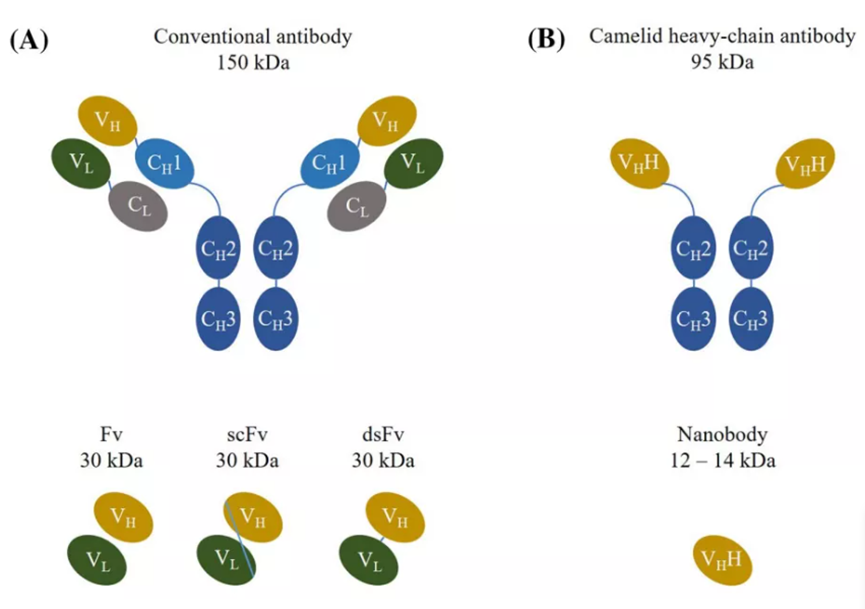
Traditional sources of nanobodies come from immunized llamas or camels, but they entail higher costs, greater difficulty, and prolonged screening and discovery cycles. Therefore, a new technological platform is required to facilitate nanobody discovery.
After four years of research and development, Kyinno has successfully established a nanomouse technology platform, where B-cell development mirrors that of normal mice, producing 100% heavy chain antibodies (HcAb). This platform allows for rapid and efficient nanobody screening. Validation data reveals that, after two rounds of immunization, sequencing single B cells, it takes just over 40 days to obtain a series of high-affinity heavy chain antibodies with affinities reaching above 10E-10. These antibodies also demonstrate remarkable stability. We welcome you to contact us for collaboration and services.
Case Study: PDL1-HcAb hybridoma antibody:
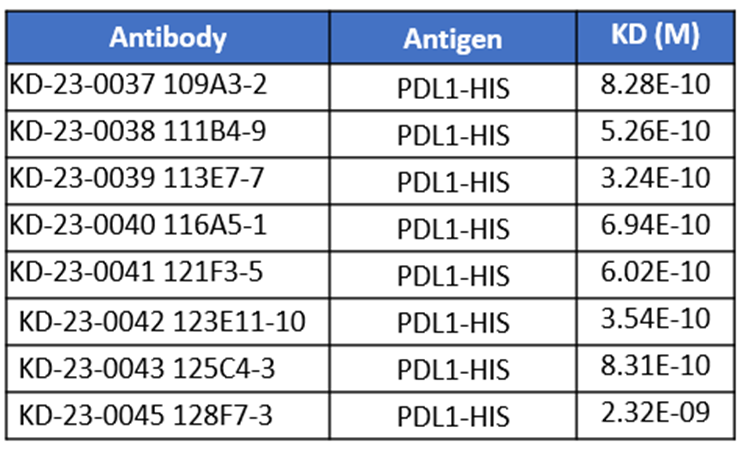
2. Antibody binding ability (FACS)
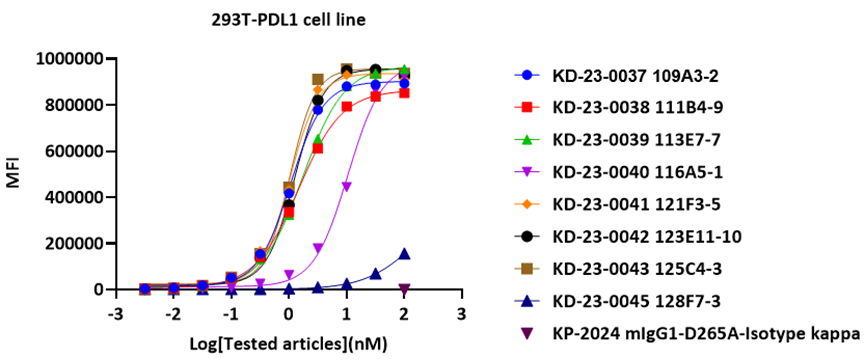
3. Antibody blocking ability (FACS)
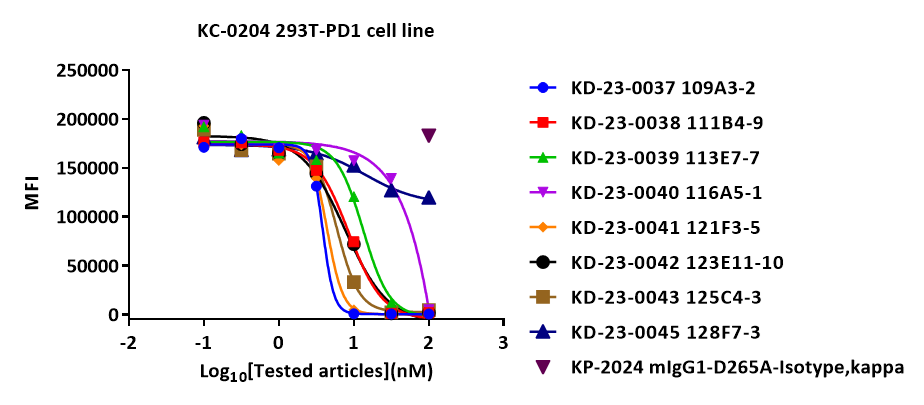
4. Antibody blocking-rescue ability (reporter cell line)
Principle
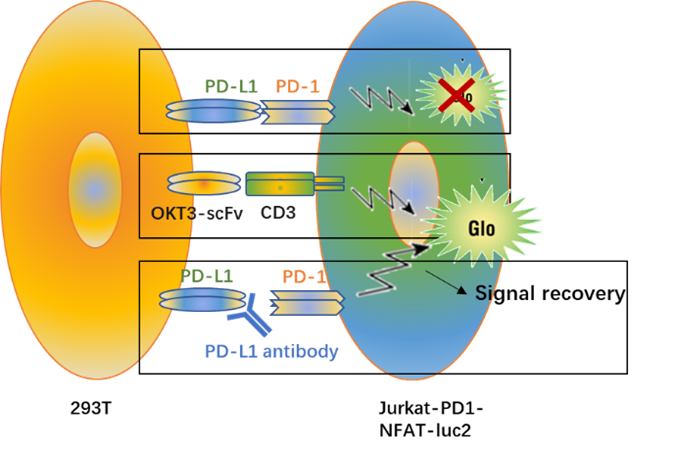
Results

5. Antibody expression, purification and stability analysis
SDS-PAGE
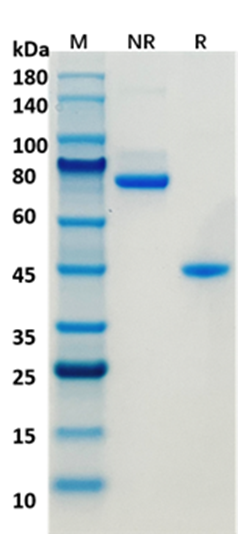
HPLC

Antibody stability analysis
